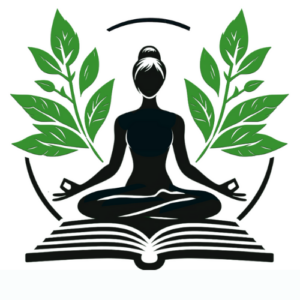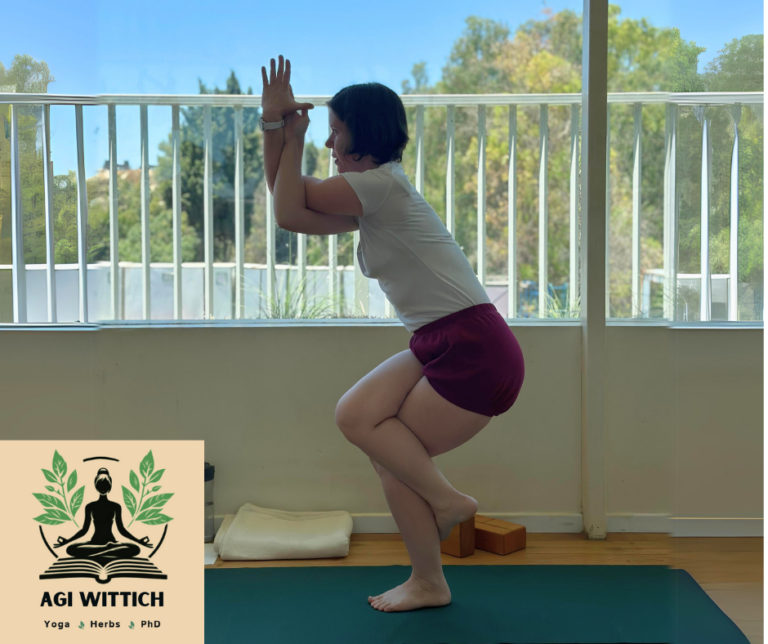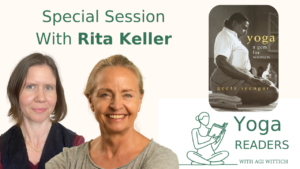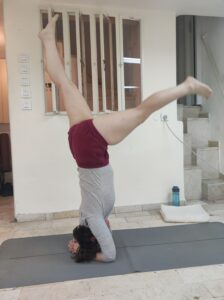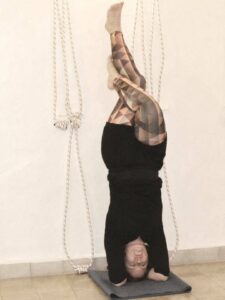In an era marked by unprecedented uncertainty and disrupted routines, many find themselves yearning for a sense of control and stability. Iyengar yoga offers a unique approach to rebuilding this sense of agency through mindful, intentional practice that emphasizes personal choice within a framework of precise instruction.
At first glance, Iyengar yoga might appear rigid with its emphasis on precise alignment and structured sequences. However, within this carefully crafted framework lies a profound space for personal exploration and choice. This paradox – structure creating freedom – is one of the tradition’s most powerful therapeutic tools. The method’s systematic approach actually creates a safe container within which practitioners can explore their capabilities and make informed choices about their practice.
Individual Adaptation: The Heart of Practice
The Iyengar method recognizes that each practitioner brings their own unique body, mind, and life experience to the mat. This understanding is woven into every aspect of the practice. Classes are structured to accommodate different levels of experience, allowing practitioners to progress systematically while honoring their individual needs. Teachers offer thoughtful modifications of poses, drawing upon their deep understanding of anatomy and therapeutic principles to ensure that every student can practice safely and effectively.
The creative use of props further supports this individualized approach, while an ongoing dialogue between teacher and student helps maintain awareness of daily variations in energy and capacity. This responsive, adaptive approach ensures that the practice remains both challenging and accessible, regardless of a practitioner’s current state.
Consider a common scenario in class: a forward bend where the floor seems impossibly far away. Rather than forcing an uncomfortable stretch or giving up entirely, practitioners are presented with choices through prop usage. This simple situation becomes a powerful opportunity for self-inquiry and autonomous decision-making. When selecting block height, practitioners engage in a complex process of self-assessment, considering their current physical condition, mental state, and practice goals.
This decision-making process involves weighing multiple factors: the body’s current flexibility and energy levels, any existing injuries or conditions, stress levels, concentration capacity, and emotional resilience. Practitioners must also consider their broader practice goals, whether they’re seeking to build stability, challenge themselves, or find a balance between effort and ease. Throughout this process, they learn to tune into their intuitive wisdom, listening to what their body and mind are communicating in each moment.
Props in Iyengar yoga transcend their role as simple aids for those who “can’t do” the full pose. They are sophisticated tools that create a spectrum of possibilities, allowing practitioners to explore poses safely and systematically. Through prop usage, students can find their optimal challenge point, build confidence through supported exploration, and develop deeper body awareness and understanding. This supported practice becomes a laboratory for making informed choices about one’s engagement with yoga.
The Teacher’s Role in Fostering Autonomy
Iyengar teachers play a crucial role in cultivating student autonomy. They create an environment where questions are not just welcomed but encouraged, where multiple options are presented clearly and individual choices are respected. Through their guidance, students learn to trust their experience and develop systematic self-awareness. This supportive atmosphere allows practitioners to explore their capabilities while feeling secure in their choices.
The practice of making choices on the mat has profound implications for psychological well-being. As practitioners develop confidence in their decision-making abilities, they also strengthen their trust in personal judgment. The continuous process of selecting appropriate modifications and props helps create healthy boundaries and fosters resilience through adaptability. This enhanced connection between mind and body becomes a foundation for greater self-awareness and emotional regulation.
Every aspect of an Iyengar class is designed to support safe exploration. Students are encouraged to rest when needed, modify poses as appropriate, and ask questions when unclear. The pacing of classes allows time for processing and integration, while the teaching methodology accommodates different learning styles. This comprehensive approach to safety creates an environment where students feel empowered to make choices that support their practice.
While Iyengar yoga maintains high standards for alignment and technique, this precision actually expands the possibilities for individual expression. Understanding the biomechanics and therapeutic effects of poses allows for creative adaptation while maintaining their essential benefits. Teachers draw upon their deep knowledge to offer modifications that honor both the integrity of the poses and the needs of individual practitioners.
Conclusion: A Path to Personal Empowerment
The integration of choice in Iyengar yoga practice offers a powerful pathway to rebuilding confidence and control. Through mindful decision-making, supported exploration, and respect for individual needs, practitioners develop not just physical strength and flexibility, but also the vital skills of self-awareness and autonomous action. The practice becomes a journey of self-discovery, where each choice made on the mat contributes to greater understanding and empowerment.
The true measure of advancement in yoga isn’t about achieving perfect poses, but rather developing the wisdom to make choices that support your well-being and growth. This wisdom, cultivated through careful practice and supported exploration, becomes a valuable resource both on and off the mat.
